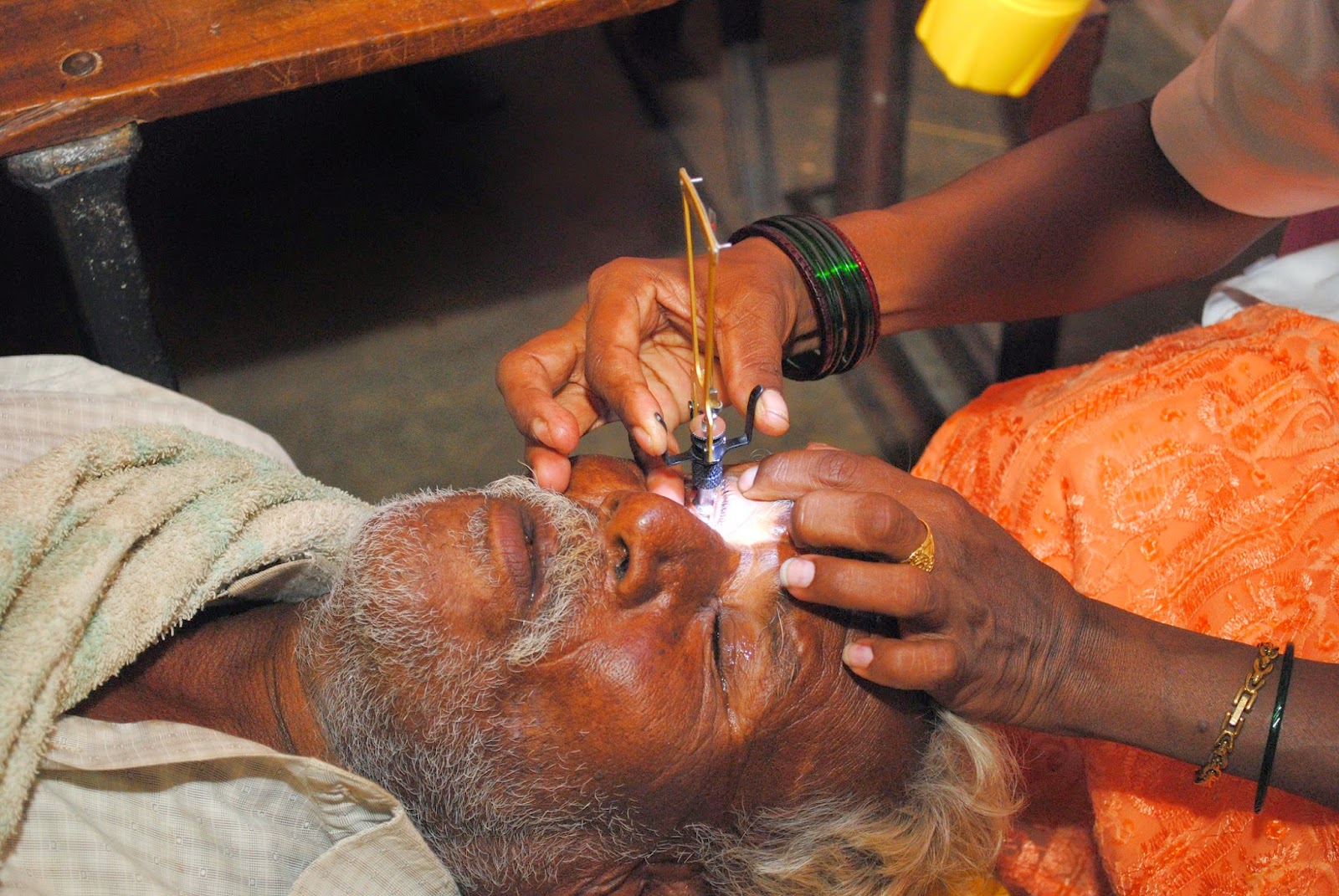On the 23- November -2013,Trinity Care Foundation conducted a Free Health camp in Maraganakunte Village Government High School, Bagepalli Taluk, Chickaballapura District, Karnataka, India for General Public.
Trinity Care Foundation worked in conjunction with Government Health Department officials, Education Department, Gram Panchayath Members and Hindustan Aeronautics Limited { HAL } Officials in order to organize this event.
The Health Specialties are;
1. Pediatrics
2. Cardiology
3. Cancer
4. Gynecology
5. Diabetology
6. Ophthalmology
7. Diabetology
8. General Medicine
A team of 18 Doctors, Nurses, Volunteers as well as observers from HAL, Bangalore, set out from Bangalore early in the morning and arrived at Maraganakunte Government School, the site of the camp at around 10:00 am. The Village is 128 Kilometers from Bangalore City towards Devanahalli on Hyderabad Route.
Trinity Care Foundation distributed Free medicines, conducted RBS Test, ECG & ECHO. A referral for Eye care, Cancer, Cardiac and School Health Program system is in Place. 540 Individuals were examined for various Health Issues.
Trinity Care Foundation worked in conjunction with Government Health Department officials, Education Department, Gram Panchayath Members and Hindustan Aeronautics Limited { HAL } Officials in order to organize this event.
Health Workers from villages were directed in advance to escort patients to Health camp. In order to spread awareness about the camp, the foundation organized press releases in local newspapers and also put up advertisement posters in and around the village.
1. Pediatrics
2. Cardiology
3. Cancer
4. Gynecology
5. Diabetology
6. Ophthalmology
7. Diabetology
8. General Medicine
Trinity Care Foundation distributed Free medicines, conducted RBS Test, ECG & ECHO. A referral for Eye care, Cancer, Cardiac and School Health Program system is in Place. 540 Individuals were examined for various Health Issues.
" If you Would love to Partner or Volunteer with Trinity Care Foundation" Write to us :-
Trinity Care Foundation is a Non Governmental Organization focusing on Craniofacial Surgeries, School Health Programs and Outreach Health Programs in Karnataka, India.













